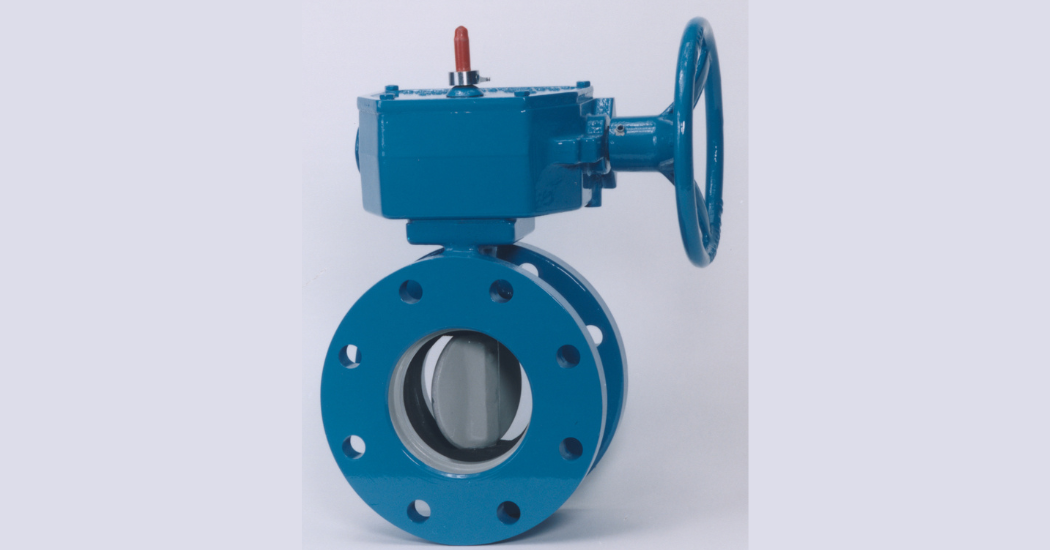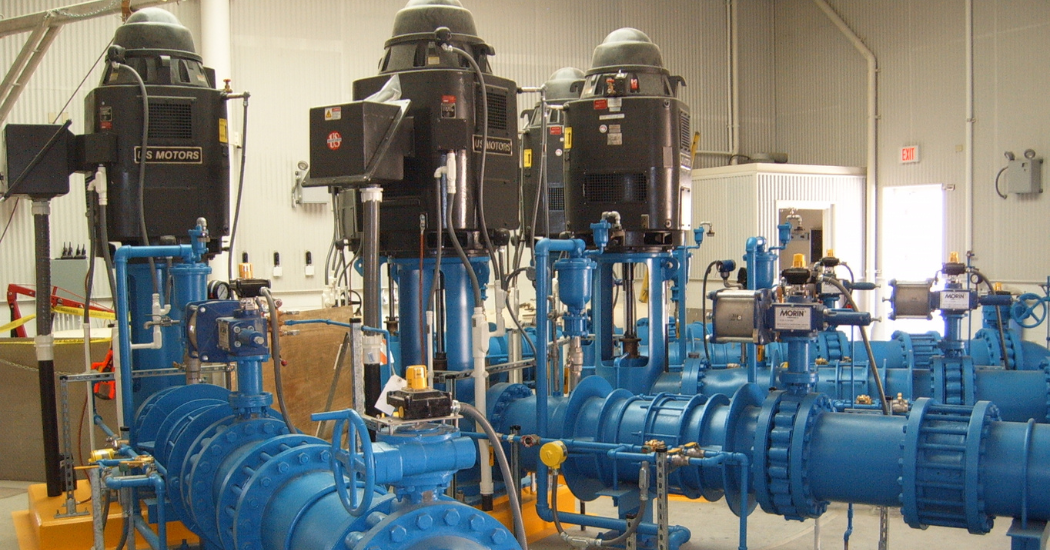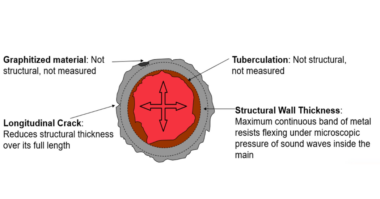As water utilities are looking for ways to do more with less, Mueller is investing in research and development to improve products by using new materials to extend product life and value. A simple choice of material can impact the design life, function, and performance. One change that has all three beneficial outcomes for water distribution is moving from Nitrile Butadiene Rubber (Buna-N) to Ethylene Propylene Diene Monomer (EPDM) for valve seats.
We know contaminants are on the rise and municipalities are having to do more testing and look at a broader spectrum of treatment solutions. One treatment that is becoming more common and in increasing quantities is the use of Chloramines to disinfect drinking water. This has been standard practice in other parts of the world, and as a result, they have discovered that increased chloramine use leads to substantially higher rates of valve seat failure. It became evident that chloramine usage was the cause of Buna-N elastomer degradation characterized as mass change, which is due to the rubber swelling up in the presence of chloramines. Mass change is the result of excessive water absorption. It is believed that other failure modes are increased susceptibility to breaking stress and strain, along with increasing hardness, where the rubber is simply losing its elastomeric properties.
When the integrity of any elastomer is compromised, chemicals or additives can leach into the drinking water. When certain standard minimum concentrations are detected, the rubber compound is designated unworthy for use in drinking water applications, per the guidelines set forth through NSF/ANSI 61: Drinking Water System Components – Health Effects. In order to ensure the rubber compound is safe for use in drinking water or wastewater applications, the rubber compound should be thoroughly evaluated to the NSF standards as appropriate.
As the trend in Chloramine treatment increases in North America, a new approach will be needed to ensure drinking water is safe and that valves continue to perform their important function without having to send out crews to replace failing seats. EPDM is appearing to not only become a suitable replacement, given the changing water environment but a superior performing elastomer, in general, when compared to Buna-N. However, not all rubber compounds perform the same. There are some Buna-N compounds that perform very well under adverse conditions, as noted in AWWA M75 – Elastomers for Waterworks: Pipes, Valves, and Fittings. The same can be said for Styrene-butadiene rubber (SBR), natural rubber and neoprene rubber.
 Given significant research and our mandate to continuously innovate the functionality and extend the product life of water infrastructure solutions, Henry Pratt Company is moving to EPDM seats as the standard seat configuration for all Pratt® butterfly valves. EPDM is also readily available and globally sourced, reducing the challenges of supply chain issues.
Given significant research and our mandate to continuously innovate the functionality and extend the product life of water infrastructure solutions, Henry Pratt Company is moving to EPDM seats as the standard seat configuration for all Pratt® butterfly valves. EPDM is also readily available and globally sourced, reducing the challenges of supply chain issues.





Comments